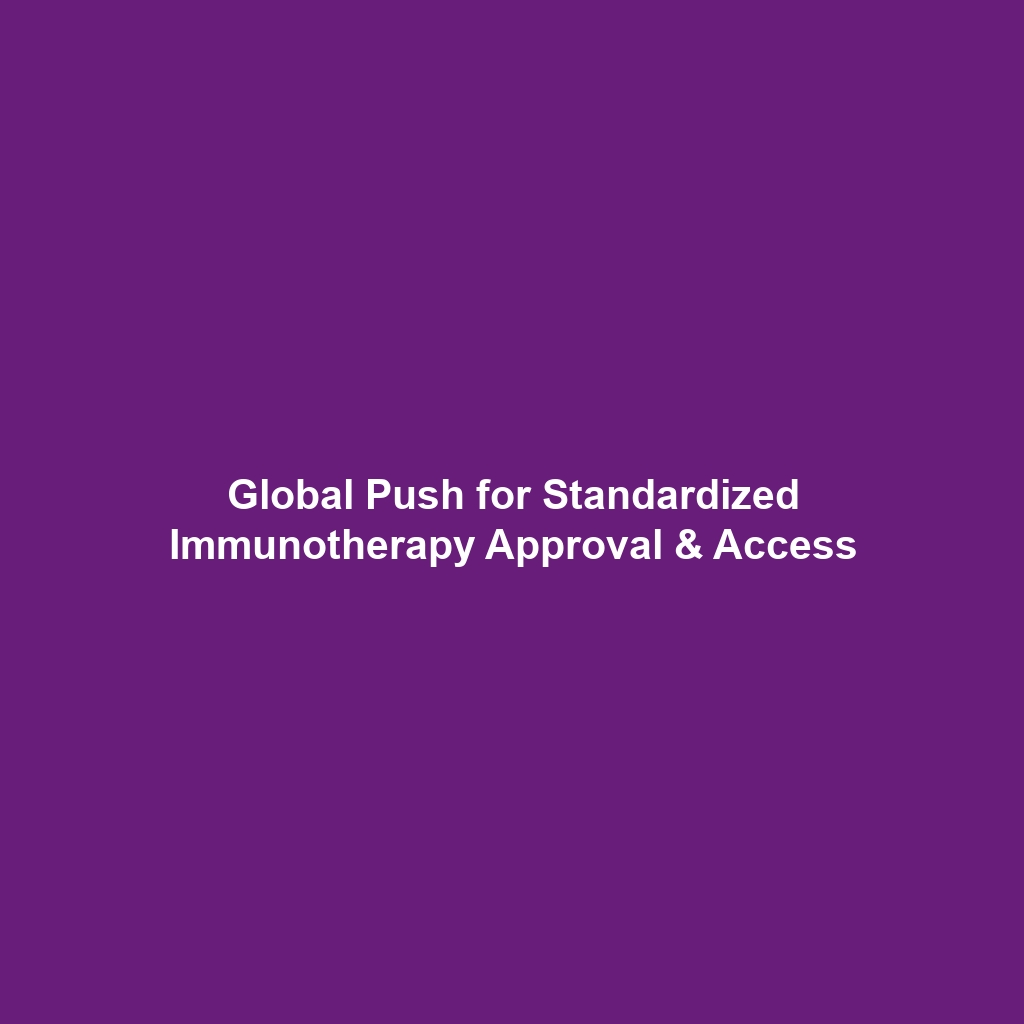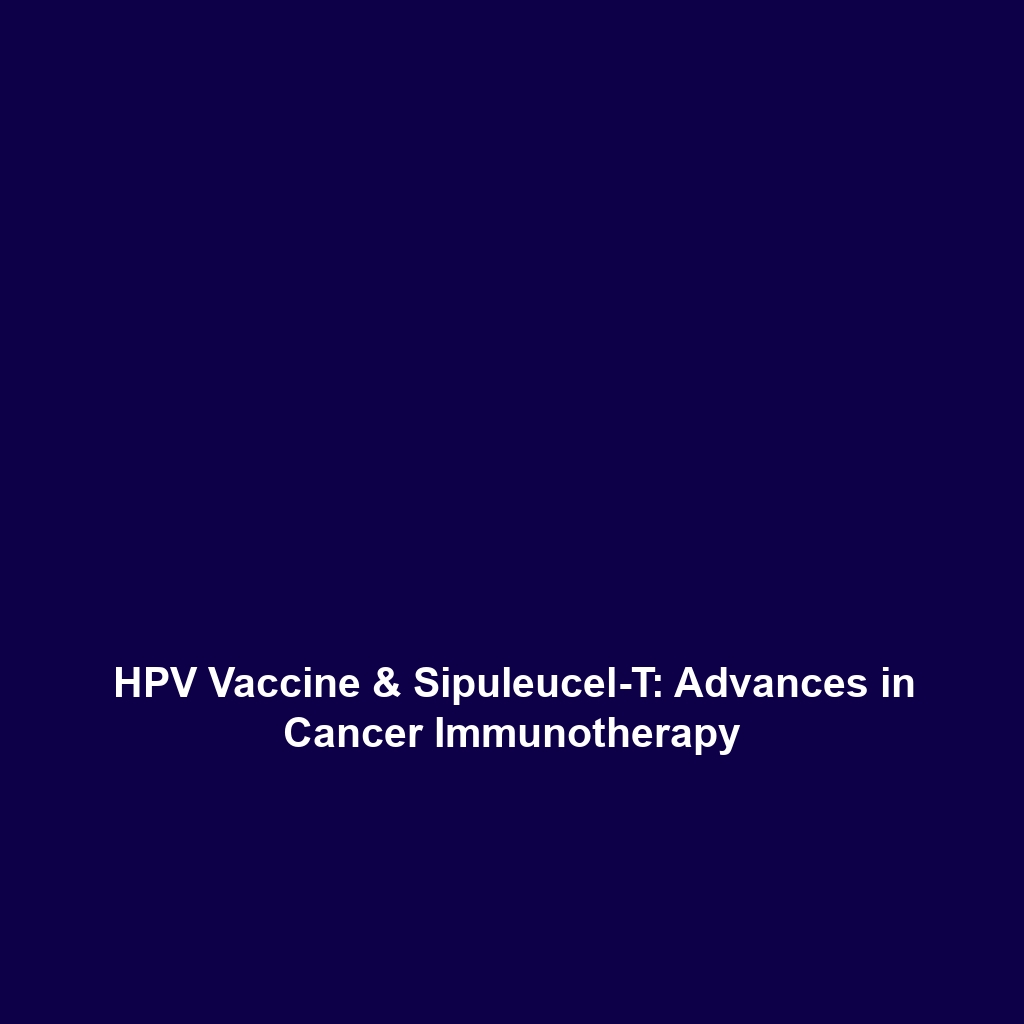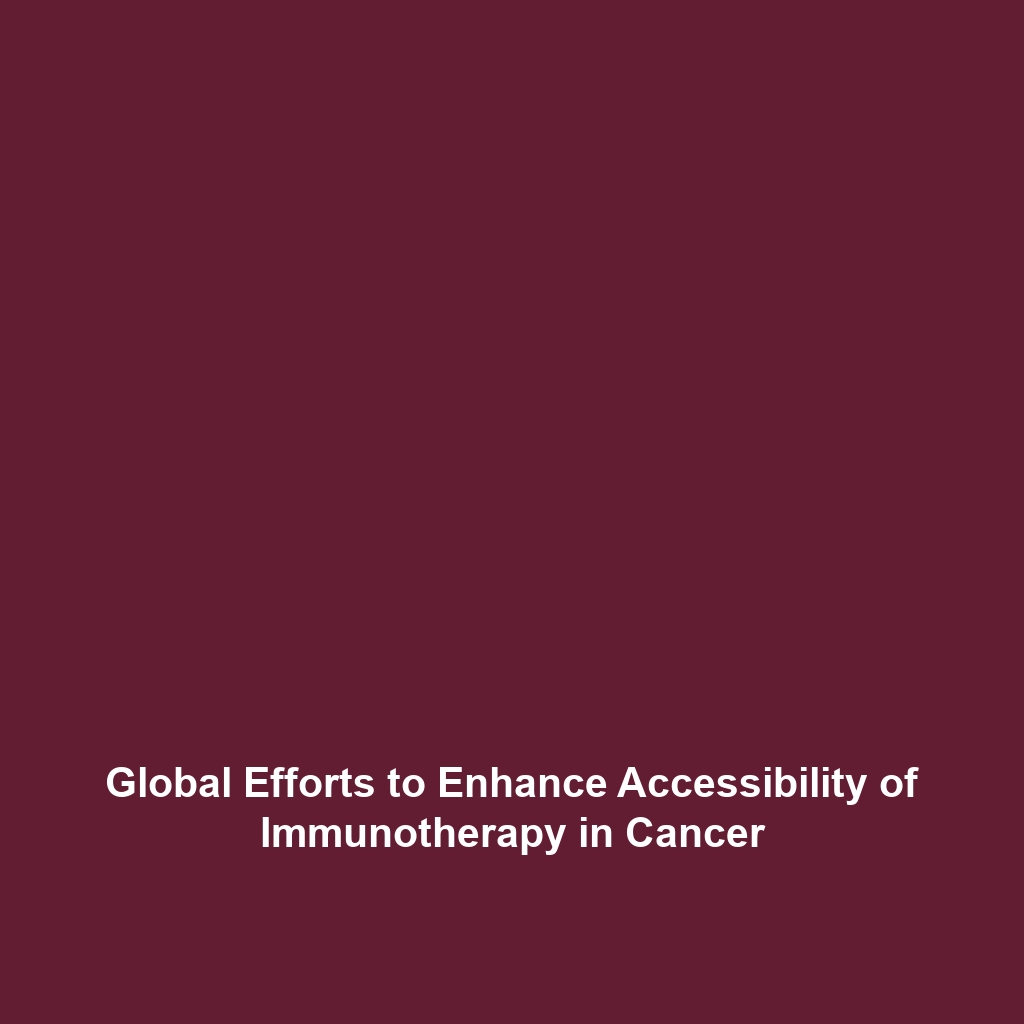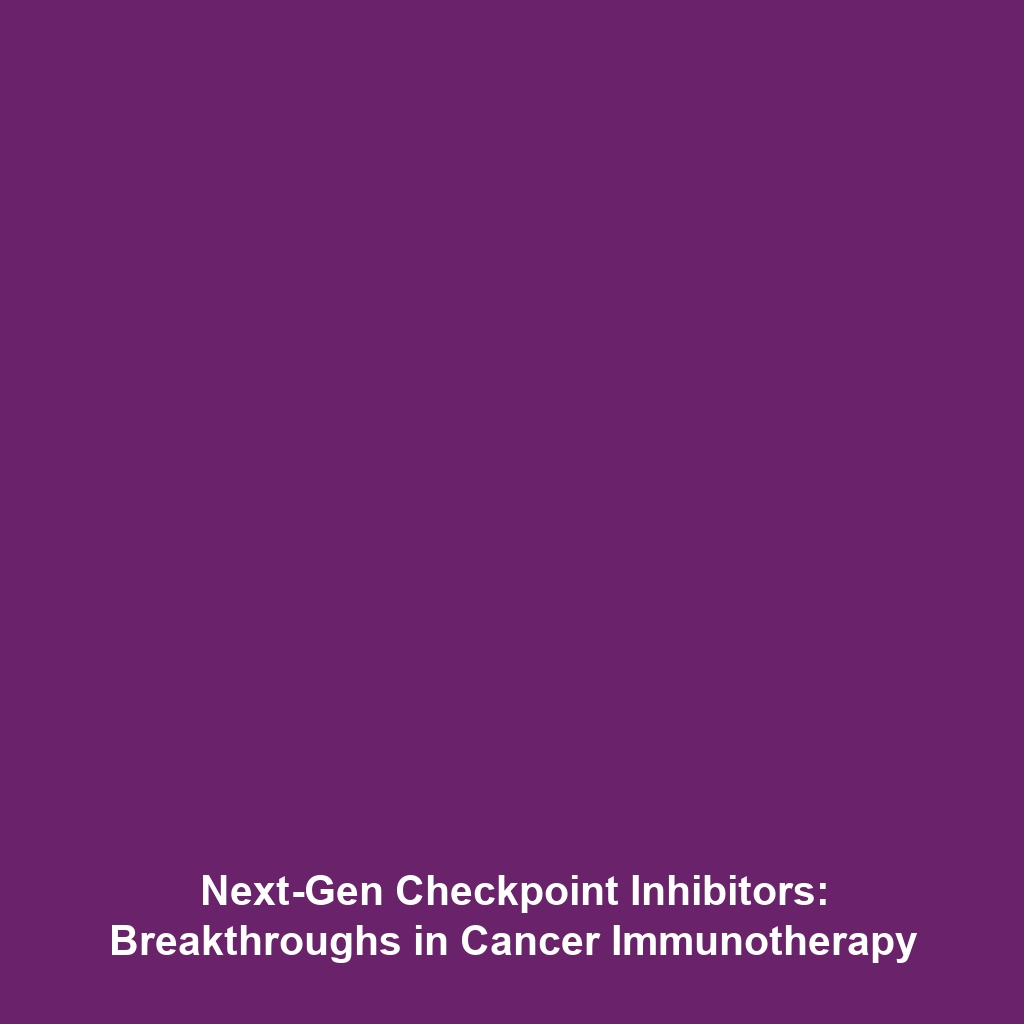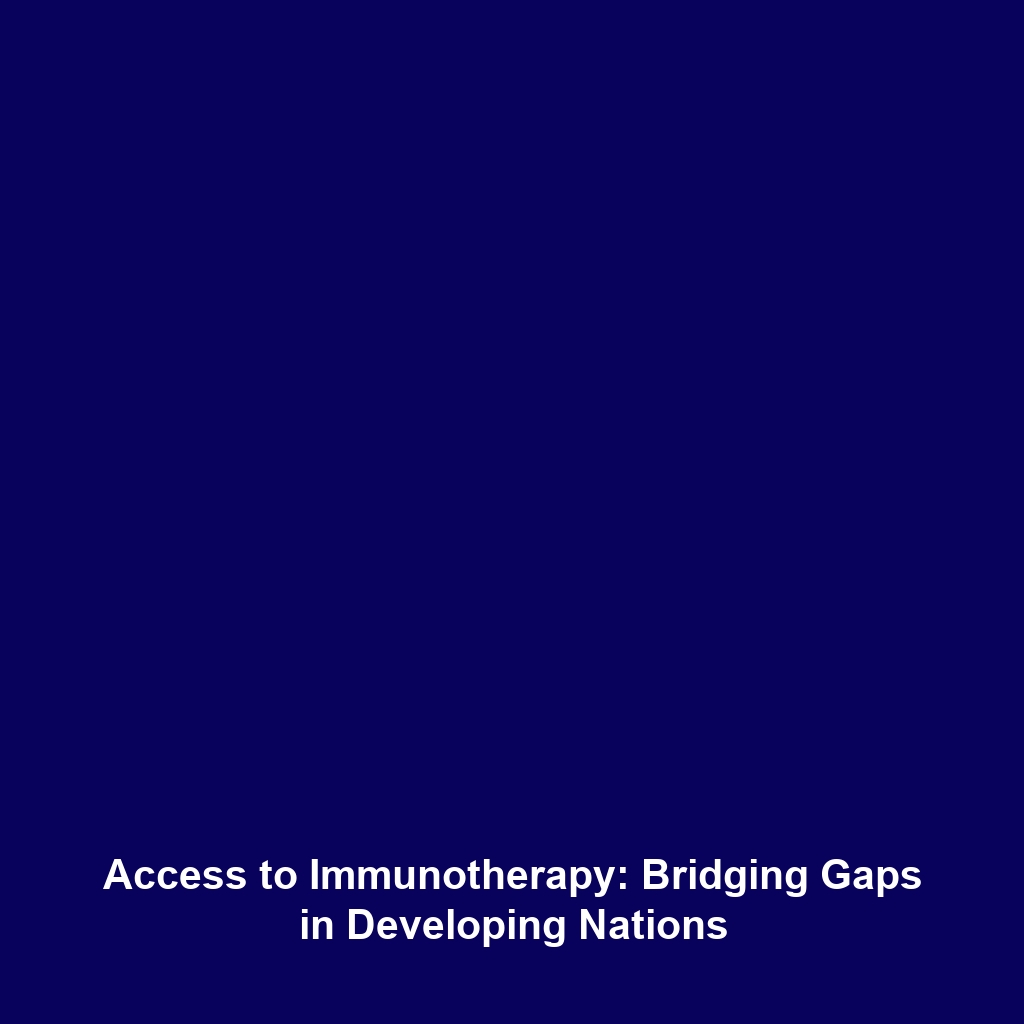How Checkpoint Inhibitors Revolutionized the Treatment of Advanced Melanoma
Checkpoint inhibitors have emerged as a groundbreaking advancement in the field of immunotherapy, dramatically transforming the landscape of advanced melanoma treatment. These novel agents harness the body’s immune system to effectively target and eliminate cancer cells. This paradigm shift not only underlines the significance of immunotherapy within cancer treatment but also paves the way for innovative approaches that enhance patient outcomes. In this article, we will explore the essential concepts, practical applications, challenges, and future directions associated with checkpoint inhibitors in the context of advanced melanoma.
Key Concepts of Checkpoint Inhibitors
Checkpoint inhibitors work by blocking proteins that inhibit the immune response, enabling T cells to effectively attack cancer cells. The primary targets include:
- PD-1 (Programmed Cell Death Protein 1): A protein on T cells that, when engaged, dampens the immune response against cancer cells.
- CTLA-4 (Cytotoxic T-Lymphocyte-Associated Protein 4): Another checkpoint molecule that, when activated, inhibits T cell activation.
The introduction of these therapeutic agents has not only shown improved survival rates among patients with advanced melanoma but has also shifted the treatment paradigm towards immunotherapy as a first-line option. This revolution within the Immunotherapy & Cancer category highlights the evolving understanding of the immune system’s role in combating malignancies.
Applications and Real-World Uses
The applications of checkpoint inhibitors in advanced melanoma treatment are numerous and significant. Key examples include:
- Nivolumab (Opdivo): Approved for the treatment of unresectable or metastatic melanoma, Nivolumab has shown remarkable efficacy in clinical trials.
- Ipilimumab (Yervoy): Often used in combination with Nivolumab, this drug targets CTLA-4, leading to enhanced anti-tumor response.
- Combining therapies: The concurrent use of checkpoint inhibitors with targeted therapies or traditional forms of treatment continues to be explored for synergistic effects.
These practical uses of checkpoint inhibitors illustrate how immunotherapy can revolutionize care in patients battling advanced melanoma, providing new hope where options were previously limited.
Current Challenges
Despite the enormous potential of checkpoint inhibitors, several challenges and limitations remain in their application and study:
- Adverse effects: Checkpoint inhibitors can lead to immune-related adverse events, which may affect various organs.
- Patient selection: Identifying the ideal candidates for checkpoint inhibitor therapy remains crucial and challenging.
- Resistance: Some tumors may develop resistance to these therapies, limiting their efficacy and necessitating further research.
Addressing these challenges of checkpoint inhibitors is vital for maximizing their impact in Immunotherapy & Cancer.
Future Research and Innovations
Looking ahead, significant research efforts are focused on overcoming current challenges and enhancing the effectiveness of checkpoint inhibitors. Some promising avenues include:
- Novel combination therapies: Investigating how checkpoint inhibitors can be effectively combined with other treatment modalities.
- Biomarker identification: Developing reliable biomarkers to predict patient responses to these therapies will facilitate better treatment planning.
- Next-generation checkpoints: Researching new checkpoint targets may lead to innovative therapies and improved patient outcomes.
These innovations collectively promise to propel the future of Immunotherapy & Cancer forward, showcasing the evolving landscape of advanced melanoma treatment.
Conclusion
In conclusion, checkpoint inhibitors have indeed revolutionized the treatment landscape for advanced melanoma, marking a significant advancement within the broader context of Immunotherapy & Cancer. Their ability to unleash the immune system’s power against cancer has created new opportunities for patients globally. Continued research and development are crucial in addressing existing challenges and pushing the boundaries of cancer care. For more insights on innovative cancer therapies, explore our articles on targeted therapies and new immuno-oncology strategies.

